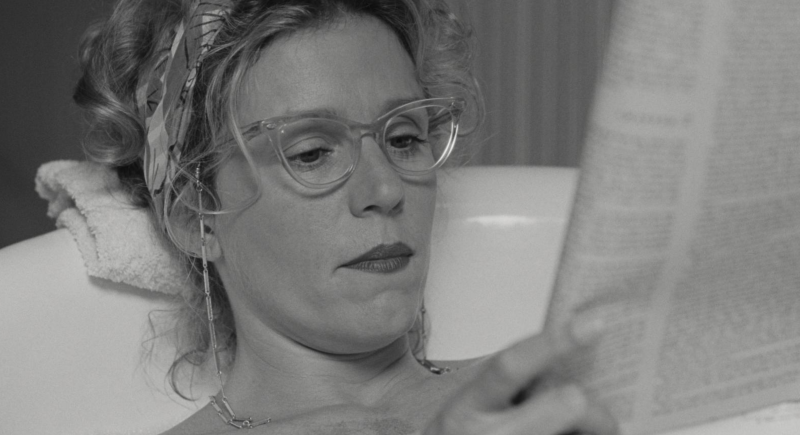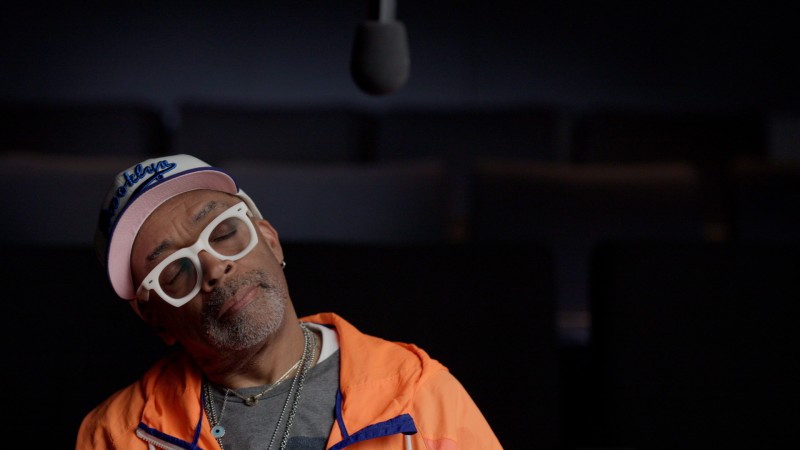More Is More: Lessons in Excess from Women in Love

One of the most talked-about movies at this
year’s Sundance, The Last Black Man in San Francisco is both a rhapsodic portrait of first-time director
Joe Talbot’s native city and a mournful look at how gentrification, income
inequality, and systemic racism have affected communities of color there. It
may not be immediately apparent what a film so rooted in contemporary American
society has to do with Ken Russell’s 1969 D. H. Lawrence adaptation Women
in Love, but as Talbot told us during a
recent visit to the Criterion offices, creative inspiration can come from
unexpected places. In this article, edited together from our conversation, he
shares what he learned from Russell’s extravagant style and approach to the
subject of male relationships.
I saw Women in Love just before making The Last Black Man in San Francisco, and it left a lasting impression on me. Ken Russell has been described as someone who pushes up against the boundaries of excess, and I think that’s part of what makes him so exciting, especially today, when independent filmmaking has gotten so economical and young filmmakers are usually taught to do the bare minimum to tell their stories. Russell flies in the face of that; he wants to bathe in every little detail and use the medium to its fullest potential to create an all-engrossing experience.
Though our film is, of course, quite different from Women in Love , I was struck by some unexpected thematic parallels when I watched it. When people talk to us about our movie, they often point to the lead characters, Jimmie and Mont, and what a relief it is to see two men be so vulnerable with each other. Even though the relationship between Alan Bates and Oliver Reed’s characters is more erotic than Jimmie and Mont’s, I think both stories push against societal taboos that make it hard for men to be intimate and emotional with each other, whether romantically or platonically.
Women in Love also seems to condemn England and its hypocrisies, while also presenting it as an enchanting on-screen world overflowing with spirited characters, fabulously anachronistic costumes, breathtaking locales, and joyfully choreographed dance sequences. It’s critical of a time and place that it also depicts as alluring. Alan Bates plays a thinly veiled stand-in for D. H. Lawrence, spouting proto-hippie philosophy about free love—which gives you some idea of why the book was so perfect to revisit in the sixties. Oliver Reed’s character receives the same complex treatment that England does—he’s both a tightly wound capitalist who’s cringe-inducingly cruel to his workforce and a deeply tormented soul (hinted at by his scarred face). That sort of juxtaposition spoke to me and the people I worked with on Last Black Man, as we tried to express our ambivalence about San Francisco. I think you find in both Last Black Man and Women in Love a sense of what it’s like to love a place while also having a lot of problems about what’s happening in it.
One especially memorable sequence in Women in Love comes when our titular leads—sisters played by Glenda Jackson and Jennie Linden—attend a party at a sprawling estate owned by Reed and frequented by his best friend (and perhaps more) Bates. This extended section in the film holds much of what makes Ken Russell so intoxicating. As a director watching it, I think about what it might have looked like in the script and the various possibilities there would have been to present what was on the page. Some filmmakers would have chosen to use only what was necessary to do so, perhaps staging an intimate gathering where we follow our foursome in handheld close-ups, focusing mostly on dialogue and plot. But this is Ken Russell—and his execution lavishly uses all the tools available to engage all of our senses.
The sequence begins with a series of shots away from our leads, establishing this swinging afternoon party. A long zoom reveals rows of men downing beers at a unending table. A ghostly woman watches the party from her palatial window. There’s a merry-go-round and people dancing on a lawn in pinstripe coats and bowler hats. There are parasols and lovers on paddle boats. One especially lovestruck pair of skinny dippers that Russell draws our attention to leap into the lake, giggling. Soon, they will drown.





